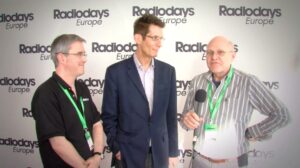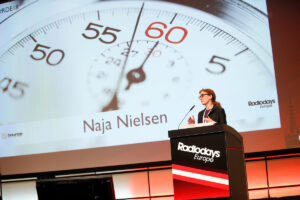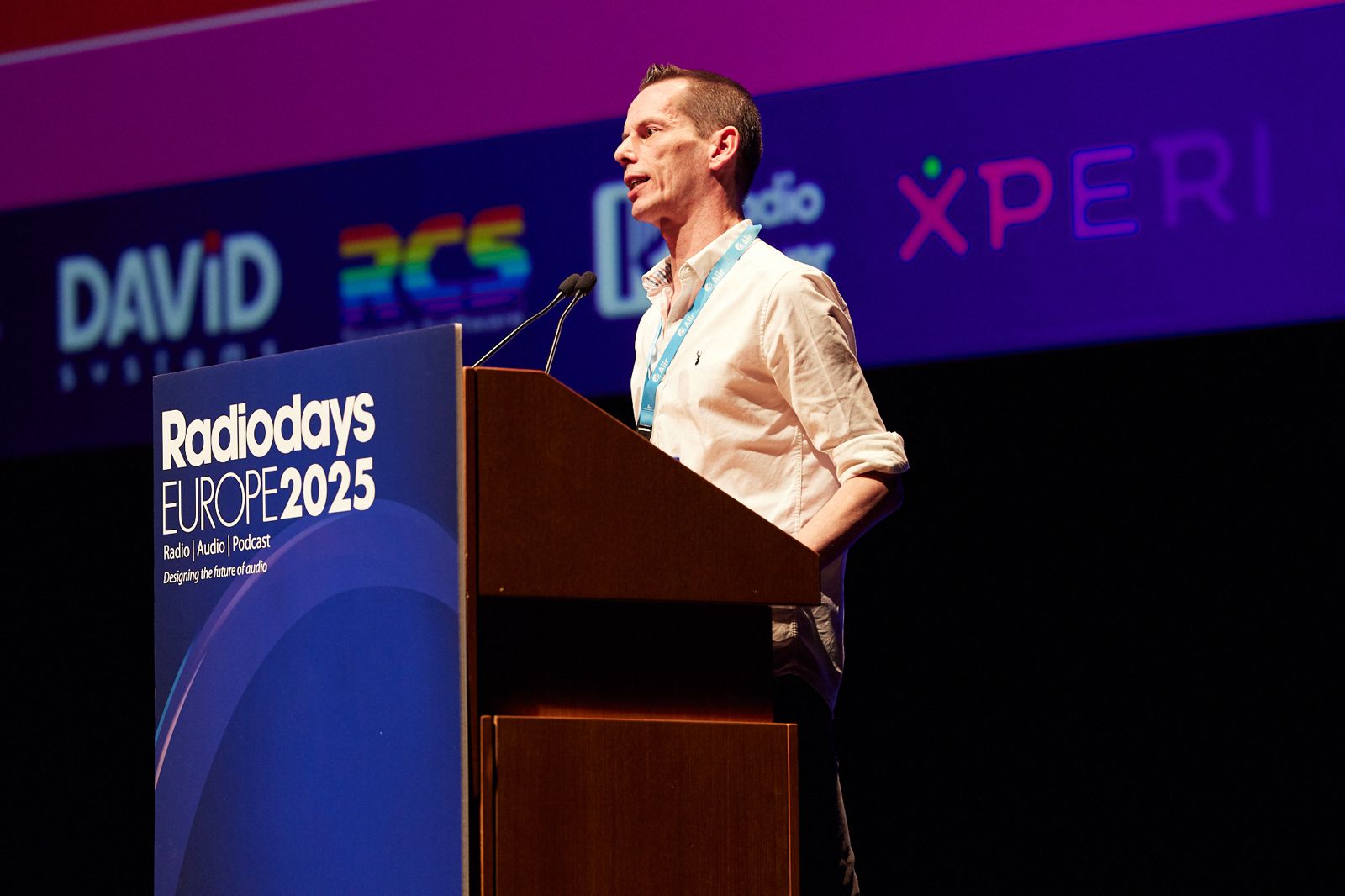
Sound Matters – Speakers from different parts of the radio & audio landscape announced today
Radiodays Europe brings together the best and the brightest speakers from the world of radio and audio. On trend, on message and on the stage in Lausanne 2019. Today we are pleased to announce the following speakers:
– Valerie Geller, Consultant & Author, Geller Media International, United States
– Mark Little, CEO, Kinzen, Ireland
– Martin Koch, Head of Development, Infotainment, Audi AG, Germany
To join the speakers to whom Sound Matters Register for Radiodays Europe Today! When booking you can also Add a Sunday Masterclass, Catch up Videos and the Radiodays Women’s session!
0 Comments




